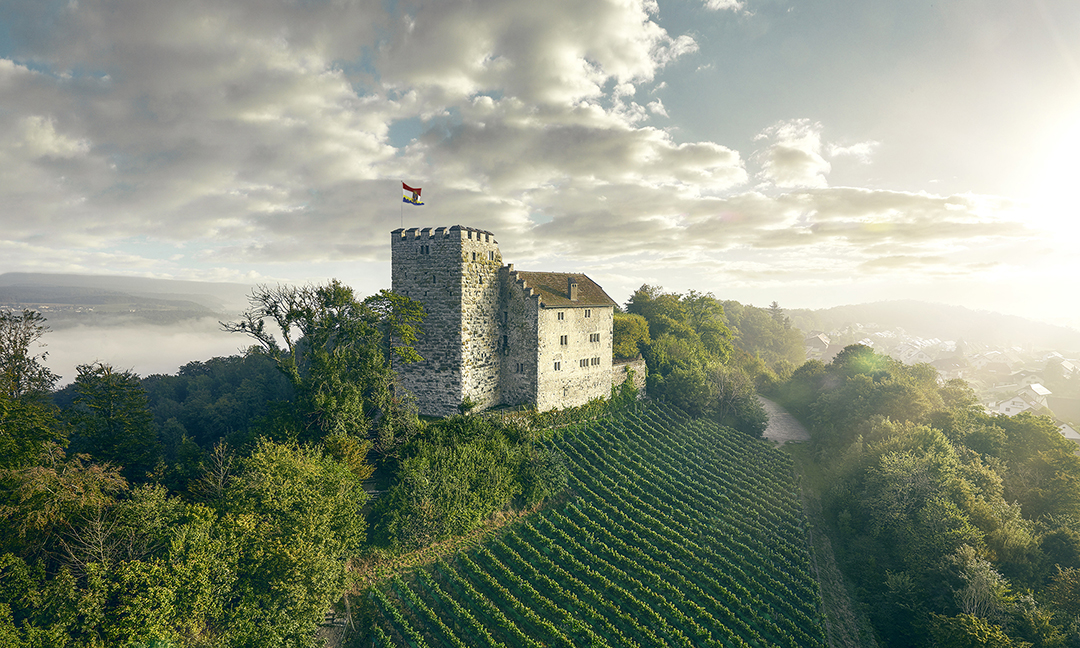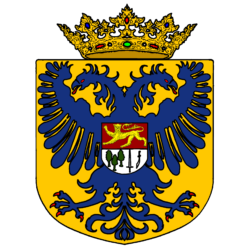The current House of Habsburg lost its claim on lands way back in the 16th century. The Habsburg family was as much a political as a genealogical entity. Over the centuries the Habsburg expanded it’s empire from what is currently Switzerland to the so called Austrian and Spanish empires. Besides through old fashioned conquest the House of Habsburg expanded their influence through arranged marriages and (political) maneuvering.
Although the House of Habsburgs’ territorial acquisition through marriage and consequent inheritance may have avoided armed conquests it did ultimately provide lots of intrigues and inter-family conflicts.
Some of the Players and Intrigues (Movie Material)
Enter Philip I the Handsome and Juana the Mad
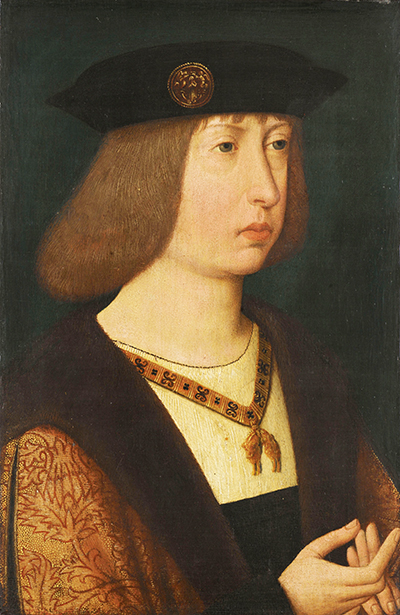
Philip I (The Handsome) had as such an arranged marriage with Juana Trastámara (of Castile, The Mad). Juana had older siblings and it wasn’t initially expected that she would inherit the crown, titles and lands. However, when her siblings passed away she did inherit the crown of Castile. Her brother the heir apparent died of tuberculosis which was questioned. Tuberculosis and typhus were at the time often given as causes when the exact reason wasn’t clear, and often when poisoning was suspected or involved. Her older sister died at childbirth and the child a year later. One could say that the House of Habsburg had organised an unexpectedly good marriage in order to grow its influence. Through this couple one of Europe’s greatest empires came into existence.
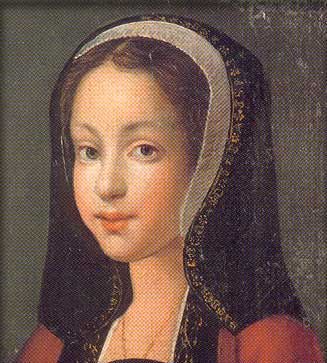
Enter Juana’s parents Isabella I of Castile, Ferdinand II of Aragon
Just prior to her marriage the well educated Juana showed religious skepticism. She questioned the many actions in the name of Catholic church against those of different faiths, or those who had an interest contrary to the Catholic church and were charged. She saw the Catholic church’s (aggressive) push for influence. These days we would appreciate her questioning of authority. At the time this was perceived as bordering heretical and her parents, who co-started the Spanish Inquisition, tried to limit their daughter’s influence and were quick to agree to her organised marriage. She was sent of to her fiancé, Philip I, in Flanders (present day Belgium/Netherlands).
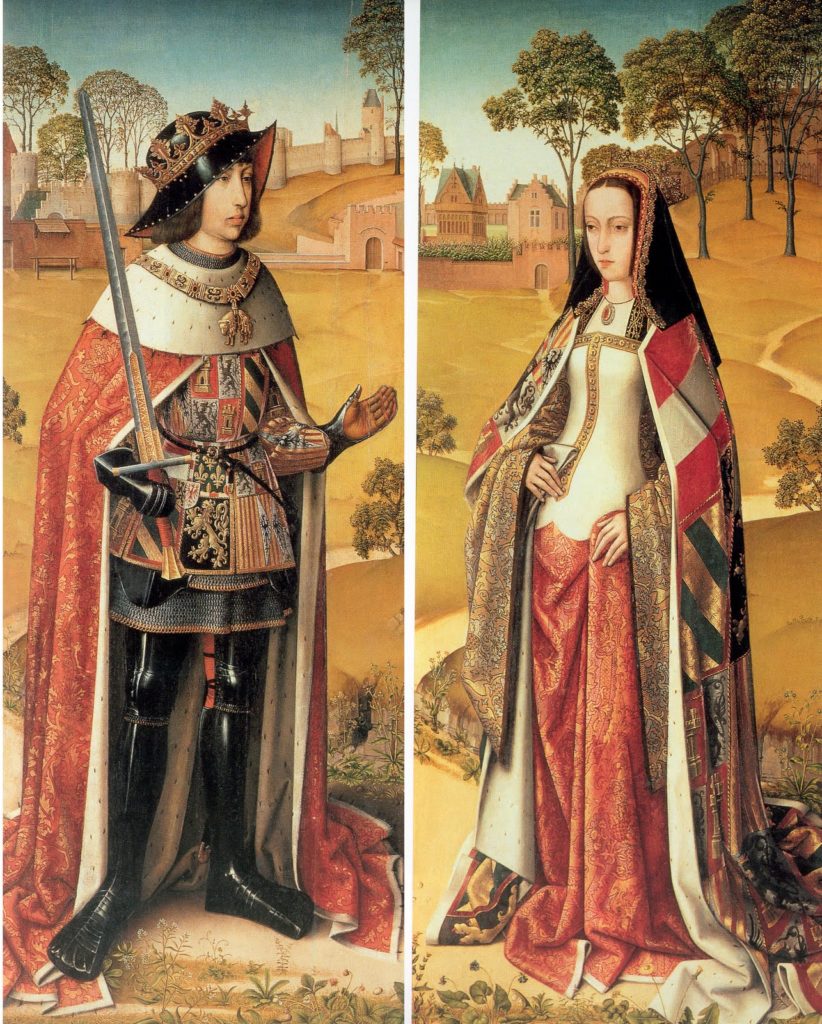
Juana, Queen of Castile and Aragon, from triptych of the Last Judgment in Zierikzee by Master of Afflighem (Jacob van Laethem)
Brussels, Koninklijke Musea voor Schone Kunsten van België (Royal Museums of Fine Arts of Belgium)
When Juana’s mother died she became Queen regnant of Castile and her husband jure uxoris. Joanna’s father lost his crown although he was permitted to govern in Juana’s absence or until Juana was 20 years of age. Juana’s father refused to accept this and he persuaded the (strong Catholic) court that Juana’s “illness is such that the said Queen Doña Juana our Lady cannot govern”. Her historic nick name, “the Mad” was likely more of a political move. The court appointed Juana’s father as guardian and the kingdom’s governor. This was of course not accepted by Juana’s husband, Philip I of Habsburg. The father remarried with the French crown in the hope of a competitor heir. Meanwhile Juana and Philip I travelled to Castile. When they arrived the Castilian nobility abandoned the father. Philip I and Juana’s father met privately upon which the father relinquished his claims. The two men then signed a secret treaty, agreeing that Juana’s “infirmities and sufferings” meant she was incapable of ruling in her own right.
Enter Charles I of Spain (Charles V Roman Emperor)
However, the father seeing the risk of Habsburg influence retracted the agreement the same day and declared that Juana should never be deprived of her rights as Queen of Castile. Later Philip I died of typhus, although poisoning by his father in law was publicly suspected. The court and nobility had already sworn their allegiance to Juana and her son Charles (Charles I of Castile, Leon and Aragon and Charles V, Holy Roman Emperor), as their heir-apparent. When Juana attempted to exercise her rights the country fell in disorder. Charles was at this time a six-year-old boy being raised in his aunt’s care in Flanders. A regency council under Archbishop Cisneros was set up, against the queen’s wishes and orders, but it was unable to manage the growing public disorder; plague and famine devastated the kingdom. Juana’s father returned to the country and sidelined Juana. He summoned members of the royal council in Juana’s name and ordered to inform the court of her father’s return to power. Juana made it immediately known that this was not her will or doing and refused to sign the instructions. She issued a statement that she she did not surrender her own royal powers.
However, as a woman she was ignored and practically she was deposed. All documents in her name were signed by her father as King. Archbishop Cisneros was given the powers of government and Juana was restricted to a small palace in Valladolid, Castile. Soon after, when all of Juana’s servants were replaced, rumours of her insanity and madness were spread. Later when her estranged son Charles came into power he continued her confinement.
As a result of marriages and intrigues Juana’s son, Charles, inherited the Spanish and Austrian lands. He then continued to expand this to the largest European empire in history. In 1519, Charles ruled the Kingdom of Aragon and its territories, the Kingdom of Castile and León and its territories, and was elected Holy Roman Emperor. The following year the Revolt of the Comuneros broke out. The rebels wanted to reinstate Juana as reigning queen. However, she refused to give her consent to this as it was yet another party trying to use her, she chose to support her son Charles V. Charles V is probably one of the lucky ones who ultimately died of old age, although to today’s standards relatively young at 58. His story is well known and handled by a number of authors and historians in several multi volume books. Charles had his son, Felipe II, from his marriage with his first cousin Isabella, Queen of Portugal. Isabella died soon of ill health.
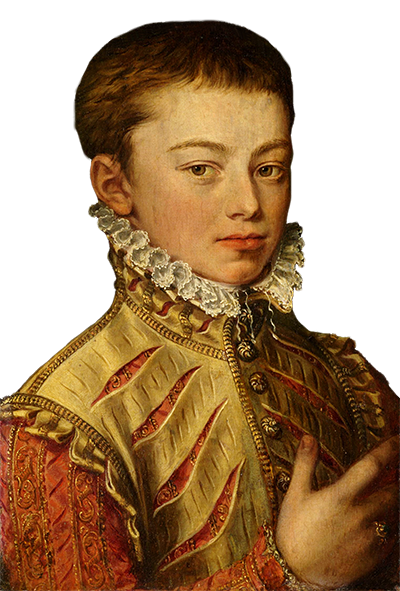
Enter Juan i
Charles was again a bachelor when he met with Barbara Blomberg, a lady in waiting, with whom he had a son. Juan/Geronimo whom he acknowledged as his son was kept secret until he was eleven. It is unclear if Juan prior to that knew who his actual father was. Although, if not already whispered in his ear by his mother this could have been surmised by who his carers were.
Enter Felipe II, half brother of Juan
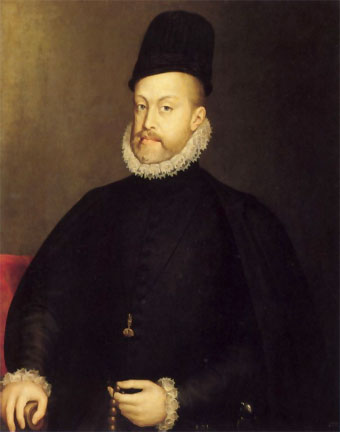
When Charles ordered Juan to the court he was welcomed by the rest of the Royal family and the court. Soon after Charles died. The Spanish empire went to Felipe II and the Austrian empire to his brother. Just prior to his death Charles V formally acknowledged his son through a codicil. From being a bastard he was now a legitimised and official son. Juan was to be given a religious career. However, Juan wanted to be a romantic knight and when he was 18 years old he ran away trying to unsuccessfully join the fleet sailing to fight the Ottomans. His half-brother Felipe II of Spain recognised that Juan was not meant for a clergical career and over the following years used Juan to fight the Ottomans in the mediterranean and suppress the Moorish rebellions in Spain. When Juan became more recognised as a strategic, just and successful military leader he became more vocal about his desire for a crown for himself. With other Royal houses and the Pope admiring Juan he was raised in standing. When a few crowns and marriages were offered Felipe II saw Juan growing into a competitor who he had less and less control over. Felipe II kept denying these opportunities to Juan who consequently became disillusioned with his prospects under Felipe II.
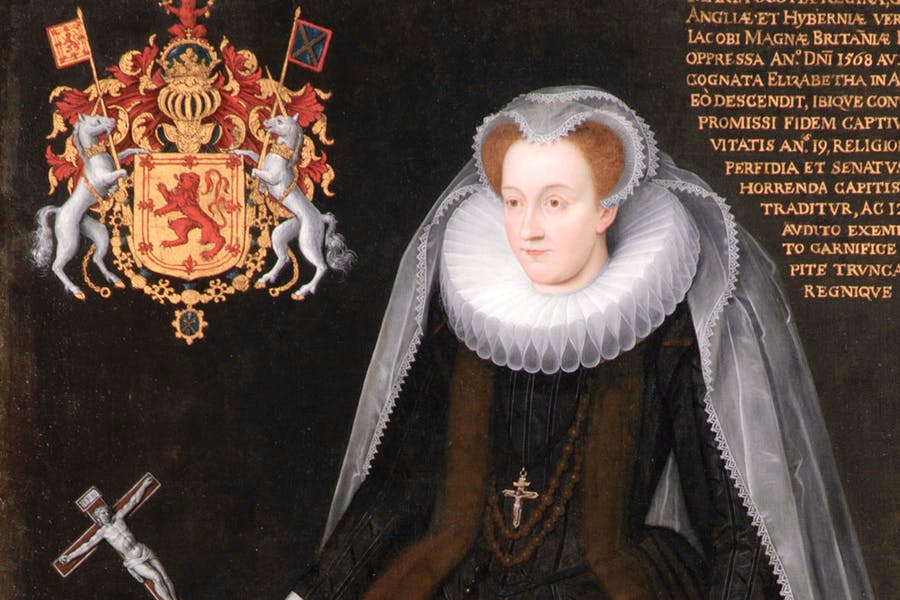
Enter the idea of Mary, Queen of Scots
Felipe II sent Juan to tackle the uprising in the Netherlands and assigned Juan de Escobedo as his secretary. The secretary was supposed to report to Felipe II and ensure that Juan’s attempts for more influence and powers, a crown, wouldn’t be successful. However, the secretary himself was unhappy with Felipe II and saw the opportunity to make a new allegiance to Juan. The secretary supported many of Juan’s plans and ideas. Upon his assignment to the Netherlands Juan considered the idea of freeing Mary Stuart Queen of Scots and sharing her crown. Secret communications confirmed the viability. However, it would require Felipe II’s army and thus permission. The request for this endeavour was of course denied.
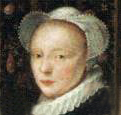
Enter Hillegond van Veen
When the secretary travelled from Flanders to Spain from the Netherlands Felipe II ordered his poisoning. After two failed attempts the secretary was finally killed by Felipe II’s assassins. Juan was now left behind in the Netherlands without a confidant. Juan’s military might was already reduced by Felipe II resulting in a lack of finance and soldiers. Although he had victories in the Netherlands Juan recognised that the campaign would need either a very large military force or diplomatic solutions and thus concessions. Juan felt that he had totally lost his half-brother’s trust and it was clear that Felipe II was not going to help. Over the years Juan had several romantic encounters and adventures. It was no surprise that Juan romantically met with Hillegond van Veen, a Dutch lady from Leiden who escaped with her family from the protestant North of the Netherlands. However, this time the romance was different as he married her in secret on his deathbed.
Exit Juan
The official verdict was that Juan died of typhus while on campaign in Southern Netherlands (present day Belgium). Historical reports suggested his death was suspicious. On the fourth day of his illness his fevers left him and he seemed to be recovering. Others with the same symptoms also saw the same improvements and over time recovered fully. However, the next day Juan unexpectedly fell ill again, it became worse. Now it included other symptoms such as palpitations, tremblings of his hands and eyes with sudden appearance of red spots. Rumours spread through the camp that Juan may have been poisoned when recovering. Today we know that Arsenic poisoning (poison of the Kings) has the same symptoms. Upon Juan his death Felipe II ordered his body to be dismembered and transported to Spain.
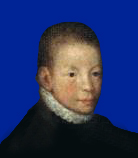
Enter Johannes
Hillegond was now in a difficult situation. Her child with Juan, Johannes, could be seen as having possible claims to the Spanish throne. And before Juan’s death Felipe II was already known to remove any conflict of interest so to say. The Spanish and Catholic south posed a risk to her and her son. On the other hand Hillegond and her Catholic family had previously escaped from the now Protestant Leiden and sought refuge in the Catholic south. Also the south was threatened by the Protestant Dutch revolt which was gaining grounds. She was in between Scylla and Charybdis and kept Johannes quiet from society. The Dutch revolt ultimately became known as the Eighty Years War and established the Republic of the Seven United Netherlands (Dutch Republic) through the Peace of Münster in 1648.
Persecution
Being Catholic in the Netherlands meant being a second class citizen. Let’s quickly acknowledge here that the Protestants were initially oppressed and that this amongst others in fact led to the Dutch revolt. Johannes quietly integrated in Dutch society and the family did not dare to make their roots known. It wasn’t until the late 18th century that Catholics gained freedom of religious practise. By this time the family had effectively been in hiding for hundreds of years. As of 1578 there were no known lands or possessions with this lineage.
Exit Spain
The children and grandchildren of Felipe II’s lineage died with the death of Charles II in 1700. The Spanish Habsburg domains were left to the French brother in law, Philippe d’Anjou. This led to the War of the Spanish Succession (1701–1714). The House of Habsburg Spanish-Dutch lineage has never relinquished its titles but has not made claims to any lands or crowns. Members are simply referred to as Princes or Princesses of the House of Habsburg.
The House of Habsburg-Lorraine
Although the House of Habsburg and House of Habsburg-Lorraine are far away related, the House of Habsburg must refer the reader to the House of Habsburg-Lorraine for accuracy of the below and is not representing the House of Habsburg-Lorraine in any matters. The two Houses are distinct and separate and the below is merely information for the reader.
Our so called Austrian cousins were a lineage from Charles V his brother that came to an end when all male heirs died. The in 1748 acknowledged House of Habsburg-Lorraine, continued to be in power until 1919. The House of Habsburg-Lorraine was established in 1736 through the marriage of Maria Theresa of Habsburg and the Duke of Lorraine. The Pactum Mutuae Successionis (1703) and the Sanctio Pragmatica (1713) did more or less allow for female inheritance of powers and titles. This ultimately resulted in the War of the Austrian Succession 1740–1748. This war involved most of the great powers of Europe over the question of Maria Theresa’s succession to the Habsburg empire. This incorporated other conflicts such as King George’s War in British America, the War of Jenkins’ Ear, the First Carnatic War in India, the Jacobite rising of 1745 in Scotland, and the First and Second Silesian Wars.
France, Prussia and Bavaria reasoned that the the Pactum Mutuae Successionis and the Sanctio Pragmatica were in conflict with Salic law. Salic law did not allow a women to inherit a crown. Obviously they had their own intentions to the respective crowns and empires. Maria Theresa could count Britain, the Dutch Republic, Sardinia and Saxony on her side. The Treaty of Aix-la-Chapelle in 1748 ended the war and Maria Theresa was confirmed as Archduchess of Austria and Queen of Hungary. Prussia retained Silesia. Later more wars followed but the House of Habsburg-Lorraine kept control of the Austro-Hungarian empire until its dissolution in 1919. The House of Habsburg-Lorraine has as far as we know not relinquished it’s titles or crowns and has made (historically) recent claims on property. It’s current titles are:
By the Grace of God Emperor of Austria; Apostolic King of Hungary, King of Bohemia, Dalmatia, Croatia, Slavonia, Galicia and Lodomeria; King of Jerusalem etc.; Archduke of Austria; Grand Duke of Tuscany and Cracow; Duke of Lorraine, Salzburg, Styria, Carinthia, Carniola and Bukowina; Grand Prince of Transylvania, Margrave of Moravia; Duke of Silesia, Modena, Parma, Piacenza, Guastalla, Auschwitz and Zator, Teschen, Friuli, Dubrovnik and Zadar; Princely Count of Habsburg and Tyrol, of Kyburg, Gorizia and Gradisca; Prince of Trent and Brixen; Margrave of Upper and Lower Lusatia and Istria; Count of Hohenems, Feldkirch, Bregenz, Sonnenburg etc.; Lord of Trieste, Kotor and the Windic March, Grand Voivod of the Voivodeship of Serbia etc. etc.
